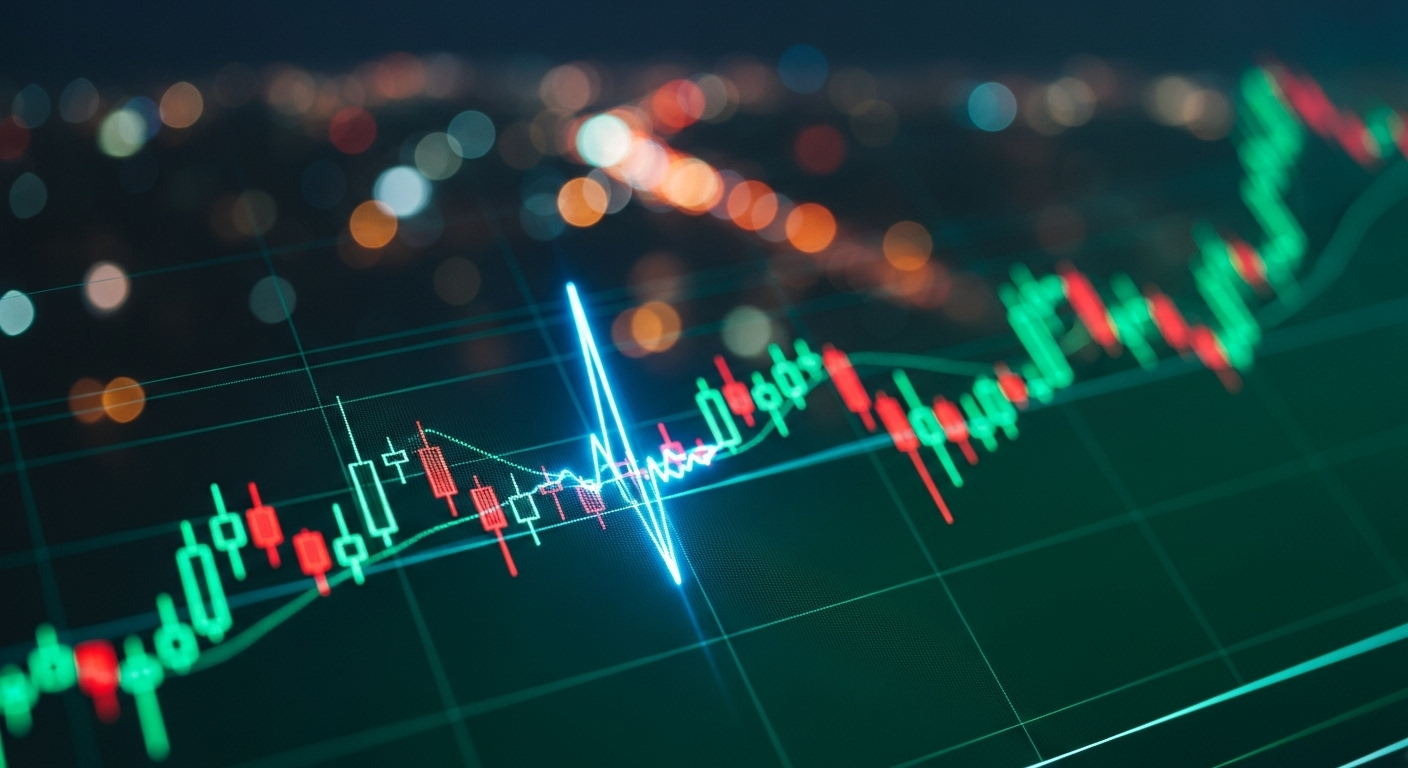Embarking on your forex trading journey? Understanding the fundamentals is key! A crucial concept is the pip, or “percentage in point.” Mastering the forex trading pip is essential for managing risk, calculating potential profits or losses, and setting smart stop-loss and take-profit levels. This guide will demystify the pip and equip you with the knowledge to trade with confidence. Unlock the secrets to successful forex trading!
Jump To Section:
- What is a Pip in Forex Trading?
- How to Calculate Pip Value
- The Importance of Pips in Risk Management
- Pips and Leverage: Understanding the Connection
- Using Pips to Set Stop-Loss and Take-Profit Levels
- How Different Currency Pairs Affect Pip Value
- Advanced Strategies Involving Pips
- Conclusion
What is a Pip in Forex Trading?
A pip represents the smallest price movement a currency exchange rate can make. For most currency pairs, a pip equals 0.0001 (one ten-thousandth). For example, if the EUR/USD moves from 1.1050 to 1.1051, that’s a one pip increase. Understanding this increment is vital for assessing potential gains or losses on a trade.
How to Calculate Pip Value
Calculating the pip value is crucial for determining the monetary risk and reward of each trade. The formula for calculating pip value varies slightly depending on whether the currency pair involves the US dollar directly or indirectly. Many forex brokers automatically calculate the pip value, simplifying the process.
Here’s a simplified example:
- For USD-based pairs (e.g., EUR/USD), trading a standard lot (100,000 units) typically means one pip equals $10.
- For JPY-based pairs (e.g., USD/JPY), the calculation differs due to the different decimal places.
The Importance of Pips in Risk Management
Pips are crucial for risk management. By understanding the pip value, traders can accurately determine the capital at risk on each trade. This allows for implementing proper risk management techniques, such as setting appropriate stop-loss orders to limit potential losses. A solid understanding of pips enables you to protect your capital effectively.
Pips and Leverage: Understanding the Connection
Leverage amplifies potential profits and losses in forex trading. When using leverage, even small pip movements can result in significant gains or losses relative to your initial investment. It’s essential to understand how leverage affects the pip value in your trades. Higher leverage means a smaller pip movement can have a larger impact on your account balance. Always use leverage cautiously and responsibly!
Using Pips to Set Stop-Loss and Take-Profit Levels
Pips are fundamental in setting stop-loss and take-profit levels. Stop-loss orders automatically close a trade when the price moves against you by a specified number of pips, limiting potential losses. Take-profit orders close a trade when the price moves in your favor by a specified number of pips, securing profits. Setting these levels based on pip values allows for precise and calculated risk management.
How Different Currency Pairs Affect Pip Value
The pip value varies depending on the currency pair traded. As mentioned, JPY-based pairs have a different pip calculation compared to USD-based pairs. Exotic currency pairs may have even more complex pip value calculations. Always be aware of the specific pip value for each currency pair you trade to ensure accurate risk assessment.
Advanced Strategies Involving Pips
Once you grasp the basics, explore advanced trading strategies incorporating pips. These strategies may involve analyzing pip movement patterns, using pip-based indicators, or implementing sophisticated risk management techniques based on pip value. Mastering these strategies can provide a competitive edge in the forex market.
Conclusion
Understanding the forex trading pip is paramount for any aspiring forex trader. It’s the foundation for calculating profit and loss, managing risk effectively, and setting appropriate trading parameters. By mastering this fundamental concept, you’ll be well-equipped to navigate the complexities of the forex market and increase your chances of success. Embrace the pip, and let it guide you on your journey to becoming a proficient forex trader!



